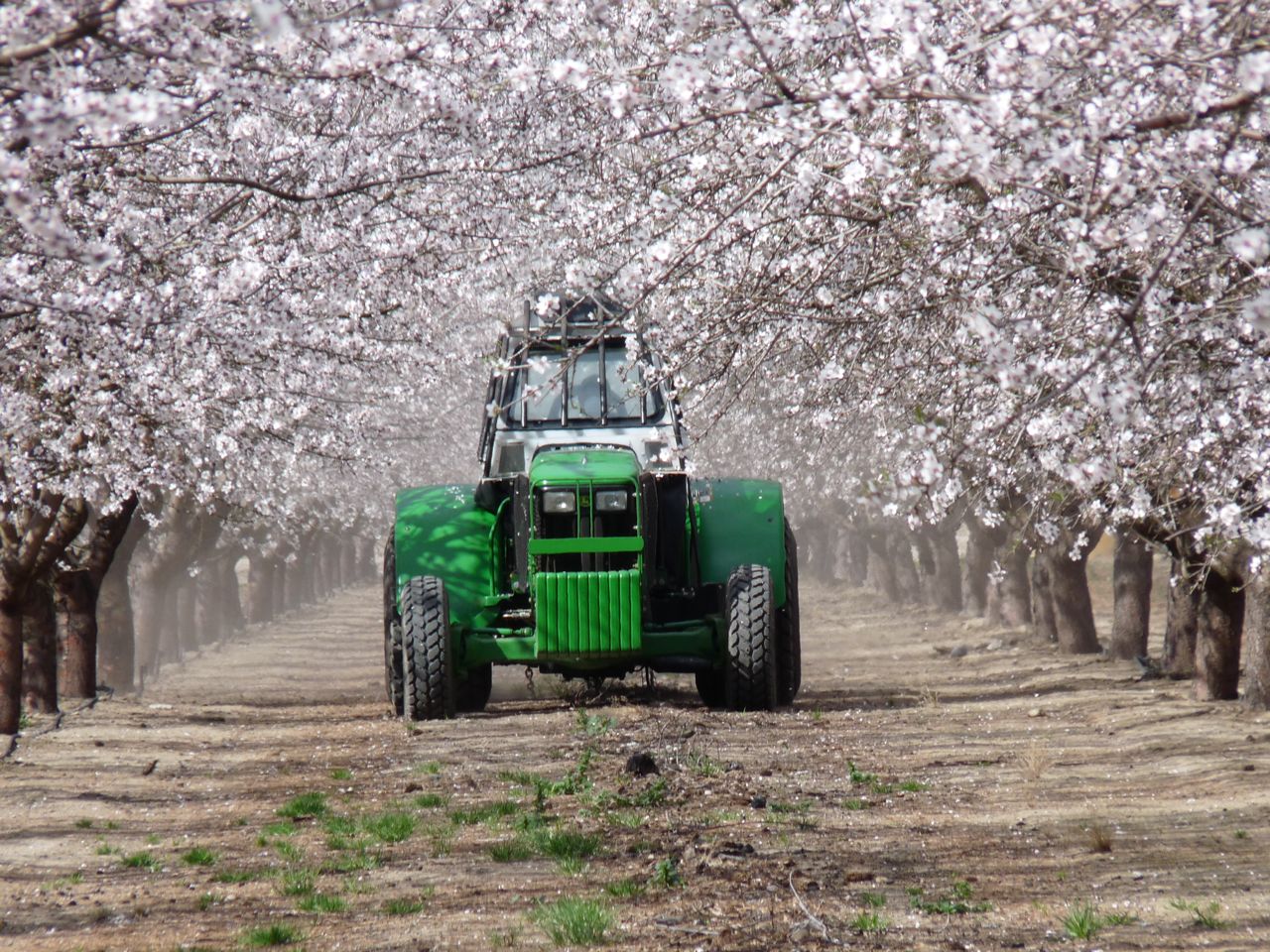
2018 Air Monitoring Shows Most Pesticides Below Health Screening Levels
News Release
The California Department of Pesticide Regulation (DPR) released air monitoring results indicating that most of the pesticides monitored in the DPR air monitoring network in 2018 were found below levels that indicate a health concern.
However, data from a separate two-year study of the pesticide 1,3-dichloropropene (1,3-D), a known carcinogen, shows air concentrations in Parlier (Fresno County) will require further action. 1,3-D is used to fight pests that attack a wide range of crops, including almonds, grapes, strawberries, and sweet potatoes.
“Air quality is fundamental for all Californians, and the latest data from DPR’ s air monitoring network shows levels of agricultural pesticides in most communities that are well within our public health standards,” said Val Dolcini, DPR acting director. “In many cases, the amount of pesticide in the air was negligible, but our scientists will continue to use this data to help DPR develop plans to reduce the presence of 1,3-D in the future.”
In 2018, DPR, with assistance from the California Air Resources Board (CARB) and the Santa Barbara County Agricultural Commissioner’s Office, monitored air concentrations of 31 pesticides and 5 pesticide breakdown products in eight agricultural communities. The monitoring stations are in Shafter (Kern County), Santa Maria, Cuyama (Santa Barbara County), Watsonville (Santa Cruz County) and Chualar (Monterey County), Lindsay (Tulare County), Oxnard (Ventura County) and San Joaquin (Fresno County).
The air-monitoring network, which began in 2011, was established to help expand DPR’s knowledge of the potential long-term exposure and health risks from pesticides in the air. California is the only state that monitors air as part of its continuous evaluation of pesticides to ensure the protection of workers, public health, and the environment.
The 2018 air monitoring report shows that of the 36 pesticides and breakdown products measured at the monitoring sites, most did not exceed screening levels or regulatory targets.
Other highlights include:
- 8 pesticides were not detected at all and
- 17 pesticides were only detected at trace level.
In January 2018, however, the air monitoring results showed that the pesticide 1, 3-D had a 13-week average concentration in Shafter of 5.6 parts per billion (ppb), which is significantly above the short-term (13-week) screening level of 3.0 ppb. A screening level is a level set by DPR to determine if a more detailed evaluation is warranted to assess a potential health risk.
DPR, along with the Kern County ag commissioner, investigated this detection and determined that it largely arose from a single application of 1,3-D made during this 13-week period. While this reading was not high enough to indicate an immediate health threat, DPR is consulting with other state agencies on next steps to reduce the exposures to 1,3-dichloropropene.
List of communities in the Air Monitoring Network
In addition to the 2018 annual air monitoring results mentioned above, DPR conducted a two-year air monitoring study of 1,3-D in Parlier (Fresno County) and Delhi (Merced County) from 2016 to 2018. The measured air concentrations in Parlier also exceed DPR’s screening levels and indicate that more mitigation is needed to reduce the exposures of this pesticide.
These findings will be discussed at the next Pesticide Registration and Evaluation Committee (PREC) on July 19. The meeting will be live webcast.
Read the full 2018 air monitoring report here








